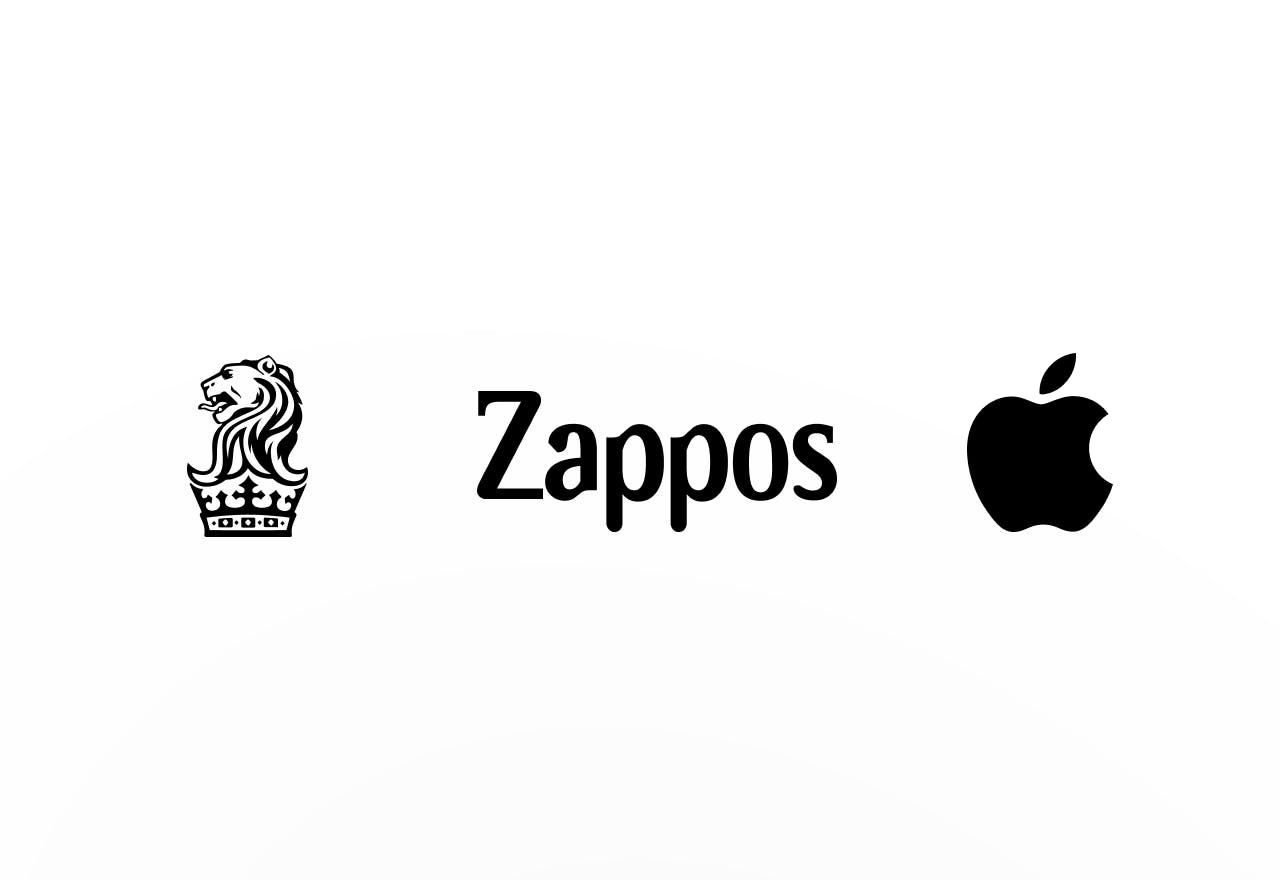
What is a brand experience and how to build one
A brand experience is the sum of all the sensations, thoughts, feelings, and reactions that individuals have in response to a brand. It encompasses every interaction, from viewing an advertisement to using a product and engaging with customer service. A well-crafted brand experience is consistent, memorable, and aligns perfectly with the brand's identity and values. It's not just about the user experience with a product or service but the holistic journey a customer takes with the brand across various touchpoints.
Define Your Brand's Core Values and Identity
To build a strong brand experience, start with the foundation: your brand's core values and identity. What does your brand stand for? What are its personality and character? These should be reflected in every aspect of your brand experience, from your marketing materials to your product design and customer service approach.
Outdoor clothing company Patagonia has built its brand around environmental activism. Their core values of sustainability and environmental responsibility are evident in everything from their product materials to their "Worn Wear" program that encourages the repair and reuse of their clothing.
Design with the Customer in Mind
Every design decision should consider the customer's needs and preferences. Whether it's a website, a product, or an ad, the design should be intuitive, accessible, and enjoyable. Customers should feel that your brand understands them and caters to their needs.
Airbnb focuses on creating a sense of belonging among its users. Their platform is designed to connect hosts and travelers in a way that facilitates a unique and local experience, tailored to the needs and preferences of users looking for more than just a place to stay.
Create Consistent Messaging
Consistency in your brand's messaging solidifies the brand experience. Your tone of voice, the stories you tell, and the messages you broadcast should be harmonious across all channels. This repetition reinforces brand recognition and builds trust with your audience.
Dove's "Real Beauty" campaign showcases consistent messaging that challenges beauty stereotypes. By using real women of various shapes, sizes, and ethnicities, Dove communicates a powerful message of inclusivity and self-acceptance across all its channels.
Train Your Team
Every employee is a brand ambassador, whether they're in sales, customer service, or behind the scenes. Training your team to understand and embody the brand's values ensures that every customer interaction is infused with the essence of your brand.
The luxury hotel chain Ritz-Carlton empowers its employees to provide exceptional service by training them to anticipate guest needs and resolve issues proactively, ensuring a consistent, high-quality experience for guests.
Leverage Technology
Use technology to enhance the brand experience. Whether it's through an easy-to-navigate website, a personalized mobile app, or innovative product features, technology can make the brand experience smoother and more delightful.
Amazon has leveraged technology to create a seamless shopping experience. From one-click ordering to personalized recommendations and voice shopping with Alexa, Amazon uses technology to make purchasing as easy and personalized as possible.
Focus on Customer Service
Excellent customer service is a critical component of the brand experience. Quick, helpful, and friendly service, both online and offline, can turn a negative situation into a positive brand interaction and foster customer loyalty.
Online shoe and clothing retailer Zappos is renowned for its customer service. Their 24/7 call centers, free shipping, and 365-day return policy exemplify their commitment to customer satisfaction.
Engage Across Multiple Channels
Engage with customers where they are. This means having a presence on social media, in email inboxes, on webpages, and beyond. Multi-channel engagement helps build a relationship with your audience that goes beyond a single purchase.
Starbucks engages customers both in-store and online. Their mobile app integrates ordering, payment, and rewards, while their stores serve as community spaces, creating a cohesive brand experience whether you’re on your phone or in a café.
Gather and Act on Customer Feedback
Listen to what your customers are saying and use their feedback to improve. Customer feedback is invaluable for refining the brand experience and showing your customers that their opinions matter.
LEGO has a history of listening to customer feedback, demonstrated by their LEGO Ideas platform, which allows fans to submit and vote on new set ideas, with popular concepts often being turned into official LEGO products.
Measure and Adjust
Regularly measure the success of your brand experience with analytics tools. See where you're succeeding and where there's room for improvement, and be willing to adjust your strategy accordingly.
Netflix uses viewing data to not only recommend shows and movies to its users but also to make decisions about which original content to produce. This data-driven approach allows Netflix to continuously adjust its offerings to viewer preferences.
Create Memorable Moments
Finally, look for opportunities to create memorable moments that customers will want to share. These can be surprising touches, like a handwritten thank-you note, or larger gestures, such as a loyalty rewards event.
Apple's product launches have become iconic events. The anticipation and presentation create memorable moments for customers and media alike, turning the unveiling of new products into major, widely discussed events.
Building a brand experience is not a one-time effort but a continuous process of refinement and engagement. It's about creating a cohesive, positive journey that resonates with customers and encourages them to come back again and again.